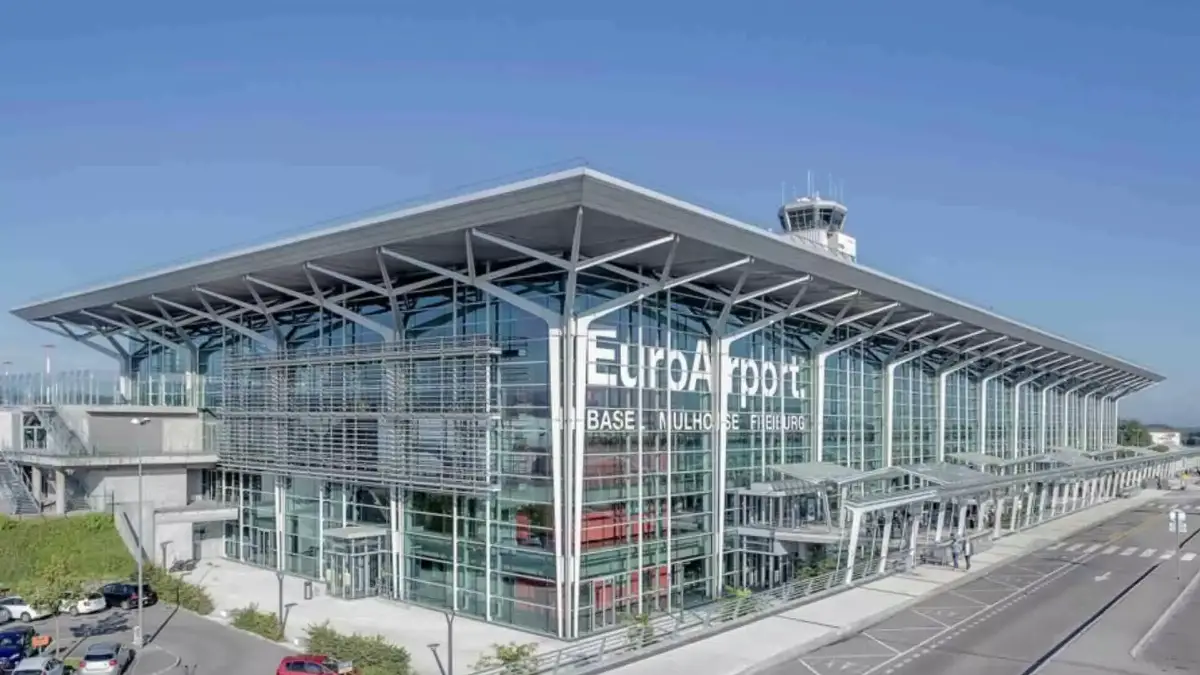
Digital borders, the EuroAirport launches the new EES system from 12 October
The Basel-Mulhouse airport introduces the EU electronic system to record entries and exits of non-Schengen citizens

The EuroAirport Basel-Mulhouse-Freiburg has announced the gradual introduction of the Entry-Exit System (EES), the new European system for managing the Schengen Area’s external borders. The airport, located between France, Switzerland and Germany, will be among the first in Europe to implement the procedure starting on Sunday, 12 October 2025. The EES, adopted by 29 European countries, aims to increase the security and efficiency of checks, replacing the traditional stamping of passports with electronic registration. The system is aimed at all third‑country nationals (non‑EU and non‑Schengen) travelling for short stays (maximum 90 days in any 180‑day period).
How border control changes
The electronic system will record personal data, travel document information, and the date and place of entry and exit. A key innovation concerns the collection of biometric data —namely a facial image and fingerprints— which will be captured by border authorities via dedicated stations, helping to strengthen the fight against document fraud and to identify those who exceed the authorized length of stay ("overstayer").
The introduction of the EES takes place during a transitional phase that will last about six months, with the system to be fully operational at all external border crossing points by 10 April 2026.
EuroAirport, in a press release issued recently, specified that for the vast majority of passengers —namely Schengen Area citizens or holders of a valid residence permit— nothing will change in their usual travel procedures. For non‑EU travellers, however, the airport warned of possible longer waiting times during traffic peaks, especially in the initial run‑in phase of the system. The Swiss authorities and their European counterparts, in collaboration with airport management, have nevertheless planned targeted measures to manage flows and minimize disruption, also thanks to the progressive roll‑out. Affected travellers are therefore advised to arrive at the airport earlier than usual.
The implementation of the EES at the Swiss‑French airport marks a significant step towards the so‑called European "smart borders", which will be further integrated with the ETIAS (Electronic Travel Authorization) system scheduled for the end of 2026.
AVIONEWS - World Aeronautical Press Agency